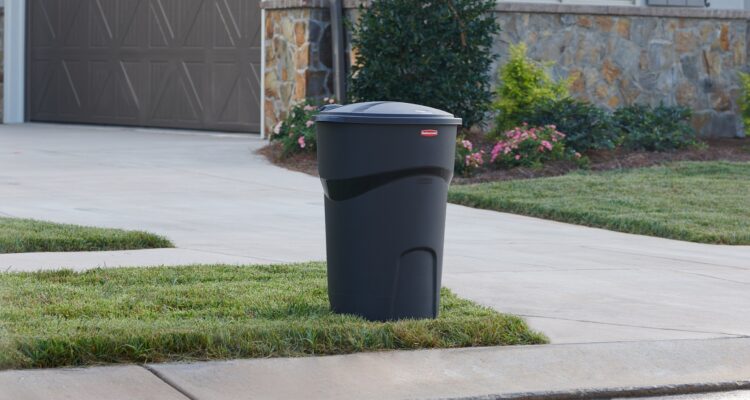In healthcare settings, the importance of maintaining cleanliness and compliance cannot be overstated, and commercial trash cans play a critical role in this endeavor. Hospitals, clinics, and other medical facilities generate a significant amount of waste daily, ranging from general refuse to hazardous medical waste. Proper management of this waste is crucial to prevent the spread of infections, maintain a sterile environment, and comply with stringent health regulations. Commercial trash cans in healthcare settings must be designed with several key features to ensure they meet cleanliness and compliance standards. Firstly, they need to be made of durable, non-porous materials that can withstand regular cleaning and disinfecting. Stainless steel or heavy-duty plastic are common choices due to their resistance to corrosion and ease of maintenance. These materials help in preventing the accumulation of bacteria and other pathogens, which is essential in an environment where hygiene is paramount. Moreover, the design of these trash cans should facilitate easy and safe disposal of waste. Features such as foot pedals and touchless lids are highly beneficial, as they reduce the need for direct contact with the bin, thereby minimizing the risk of cross-contamination.

Automatic lids, in particular, are becoming increasingly popular in modern healthcare settings, as they offer a hands-free solution that enhances overall hygiene. Segregation of waste is another critical aspect that must be addressed by commercial trash cans in healthcare environments. Different types of waste such as general waste, recyclable materials, and biohazardous waste require separate disposal methods. To ensure compliance with waste management regulations, healthcare facilities often use color-coded bins or clearly labeled trash cans to differentiate between these waste types. For instance, red bins are typically used for biohazardous waste, while blue or green bins might be designated for recyclables. This color-coding system helps staff quickly and accurately dispose of waste, reducing the risk of improper disposal and potential regulatory violations. In addition to physical design and functionality, the placement of commercial trash cans within healthcare settings is also crucial. Strategically positioning bins in high-traffic areas, such as patient rooms, operating theaters, and common areas, ensures that waste can be disposed of promptly and efficiently.
Accessibility is key; bins should be located where they are most needed to prevent any buildup of waste, which could compromise cleanliness and sanitation. Healthcare facilities must also implement rigorous protocols for the regular emptying and cleaning of commercial trash cans. This involves scheduled checks and maintenance routines to ensure that bins are not overflowing and are kept clean and disinfected. Staff should be trained in proper waste disposal techniques and the importance of maintaining these protocols to uphold a safe and compliant environment. Furthermore, adhering to local and federal regulations regarding medical waste disposal is mandatory for healthcare facilities. Regulatory bodies, such as the Occupational Safety and Health Administration OSHA and the Environmental Protection Agency EPA, set forth guidelines that dictate the proper handling, storage, and disposal of medical waste. By incorporating durable materials, hands-free operation, effective waste segregation, strategic placement, and adherence to strict cleaning protocols and regulations, healthcare facilities can significantly reduce the risk of infection, ensure regulatory compliance, and promote overall public health.



